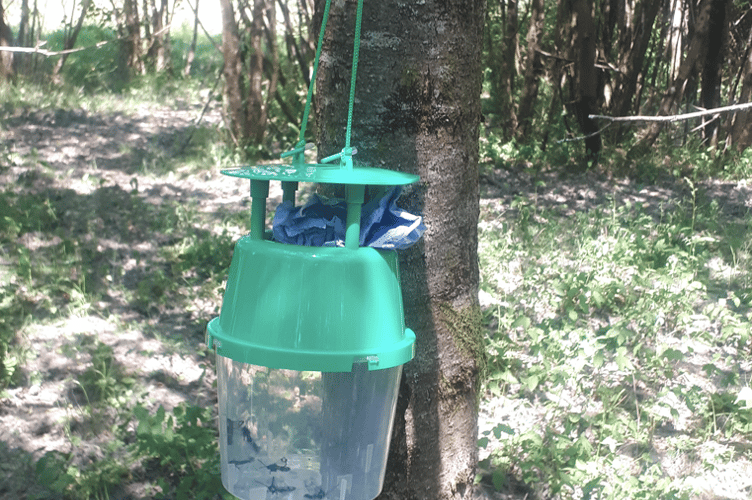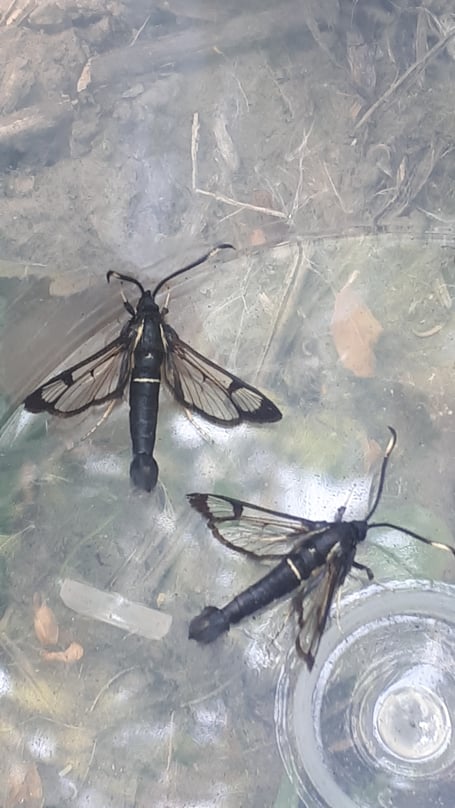The Wildlife Trust of South and West Wales, in partnership with Brecknock Moth Group, has discovered a new record for the White-Barred Clearwing moth at Ystrad Fawr nature reserve.
This is the first time this species has been recorded in the area, with the nearest other records being ten kilometres away.
The White-Barred Clearwing is a small, slender moth with a wingspan of about 25mm.
It is a member of the Sesiidae family, which are also known as clearwing moths.
These moths are named for their transparent wings, which are often patterned with dark lines.
The White-Barred Clearwing is a rare moth and is listed as a Priority Species in the UK Biodiversity Action Plan.
It is threatened by habitat loss, as it relies on old, mature woodlands.
The Brecknock Moth Group is a group of volunteers who are passionate about moths and have been using pheromone lures to find and record elusive clearwing moths.
This is a great example of how citizen science can help to protect threatened species.
Pheromone traps are a new approach being implemented to lure the moths.

This is necessary because the clearwing species of moth is not attracted to light, unlike their cousins the Tiger Moth.
The White-barred clearwing is benefitting from the way The Wildlife Trust of South and West Wales, manage Ystrad Fawr nature reserve to maintain habitats.
A stand of young alder and willow scrub is coppiced in rotation so that there are always some trees standing.
Therefore, the habitat of the clearwing is secure and has allowed the species to thrive.
Pauline Hill, People and Wildlife Officer at The Wildlife Trust of South and West Wales, said: “We are excited to find this moth on Ystrad Fawr nature reserve, particularly as it is in a completely different location in Brecknock to any other records.
"I think this is an excellent testimony to the hard work of Wildlife Trust staff and volunteers in restoring a very important habitat."
A few weeks remain of the project to record moths in Brecknock, with volunteers hoping to find Large Red-belted Clearwing as well.
Moths generally fly by day in sunny weather, so there remains hope to witness them this year.



-with-friends.jpeg?width=209&height=140&crop=209:145,smart&quality=75)

Comments
This article has no comments yet. Be the first to leave a comment.